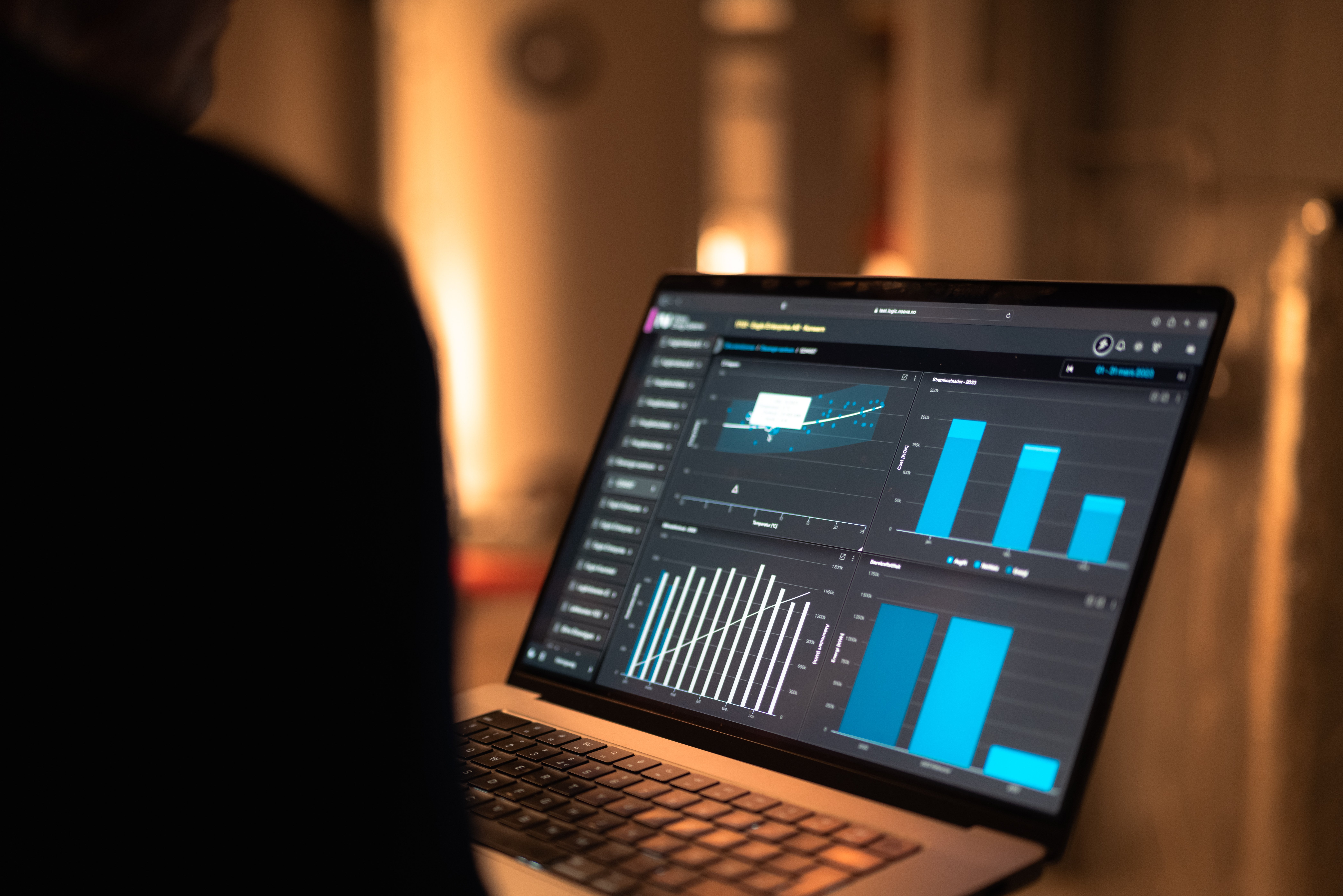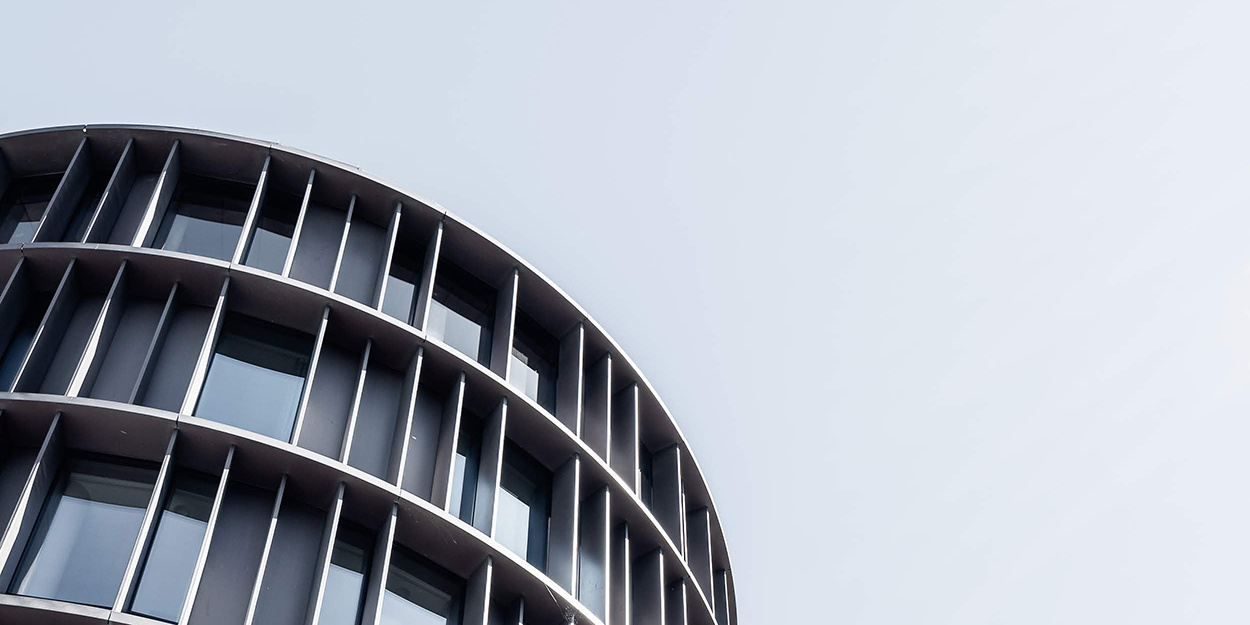Reduced energy consumption by half
Galleri Oslo, declared Norway's ugliest building multiple times, has emerged as one of the country's smartest.
By Mari Tenden

Galleri Oslo might be Norway's ugliest and smartest building.
A good Energy Management System (EMS) combined with expert advice can give you energy savings of around 15 percent, some say. Many are satisfied with that.
Veifo was not.
The Pursuit of Unconventional Savings
"We're not content with those numbers as an established truth. We want to challenge them. In the buildings we work with, we achieve savings between 20 and 40 percent when we fully exploit all potentials," says André Ibenholt, technical manager at Veifo.
At Galleri Oslo, they've reduced consumption by 50 %, and electricity costs by even more.
"We achieve that thanks to accurate data, combined with good management."
Please note: We have changed our name. SmartEO, mentioned in the video, is the same product as the current Å Insite.
Reduced energy consumption by half
– Galleri Oslo is a bit of the ugly duckling, Ibenholt says, if you can succeed here, you can succeed anywhere!
Built in 1988, the building houses Oslo's bus terminal, office spaces, kiosks, and cafés.
By replacing all technical systems, they reduced energy usage from 11 GWh to 7. According to standards and calculations, that's the level the building should and ought to be at consumption wise. However, Ibenholt reacted to the high usage, especially in periods when he expected it to be lower.
– It's very easy to think that you have a well-functioning and energy efficient building, but how can you identify the components that consume more power than they should? Well, you need high-resolution data delivered instantly, he says.
– With data delivered every second, we've essentially got a digital twin of energy consumption. We can detect errors and inefficiencies in the system, optimize operating times, and work more proactively with maintenance.
After Veifo started using data in this way, they achieved an additional 50 % in savings, taking them from 7 GWh to 3.5.
Additionally, the time spent on routine maintenance tasks has been reduced from 2,800 to about 800 hours. The freed-up time allows operators to have better control and time to pursue continuous improvement and optimization.
Beats the spot price by 40 %
One of Veifo's mantras is not to dwell on a building's theoretical limitations. Instead, they focus on what is happening in the building.
– We're a bit unconventional at Veifo, maybe because many of us have practical backgrounds and aren't college-educated engineers. We like to think outside the box and be a bit more ambitious, and we won't settle for just looking in the rearview mirror. With Å Insite, we're approaching our hairy goal of being able to predict what will happen.
To achieve that, you need both reliable historical data as well as high-resolution data.
– Thanks to Å Insite, we can collect data with a frequency that allows us to make account for more variations. We can simply shift consumption patterns to cheaper times of the day. At Galleri Oslo, we've beaten the spot price by 40m%, he says, adding:
– It's a bit like gamification.
The recipe for success?
To achieve savings at this level, several factors must be in place, according to Ibenholt. Galleri Oslo has had owners willing to invest in and test new solutions, as well as operators with high expertise who have used good data and a good EMS.
– First, you need to know where you are and have a goal of where you're going. You have to start measuring. Gather history, analyze, understand usage patterns, and then make changes," Ibenholt explains.
He has no doubt that Å Insite is a good choice for those who want to keep up with future energy efficiency.
– Anyone who wants to go a little further and sees the value of good data should use Å Insite. It's innovative, quick to set up, and you don't have to worry about data transfer – you get one point to relate to. And you get data you can rely on."
All buildings cannot save as much as 50 %, but every building has a saving potential. We're here to help if you want to look into your own saving potential.


